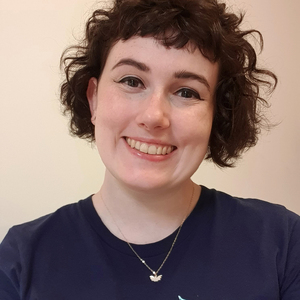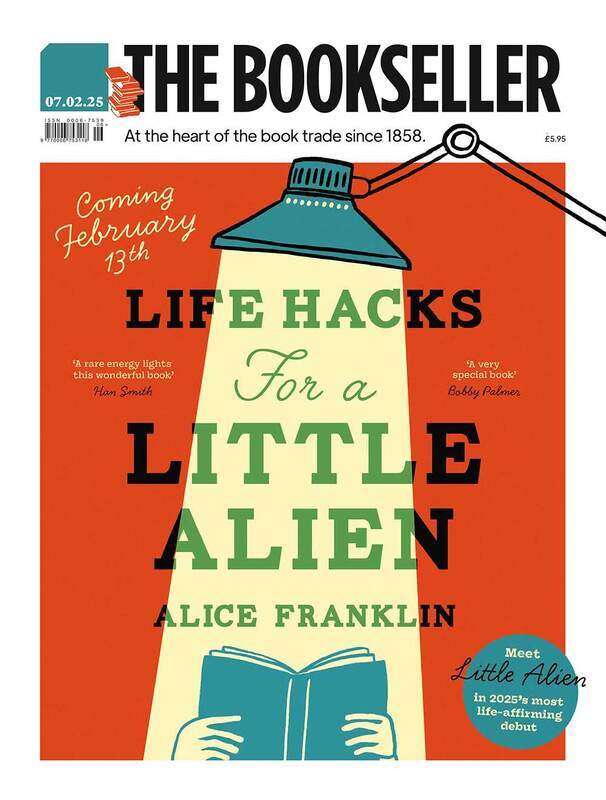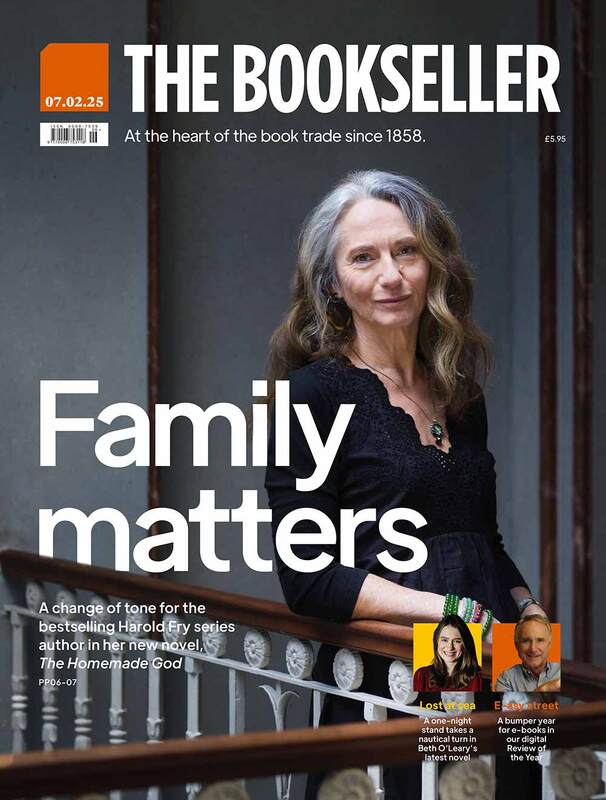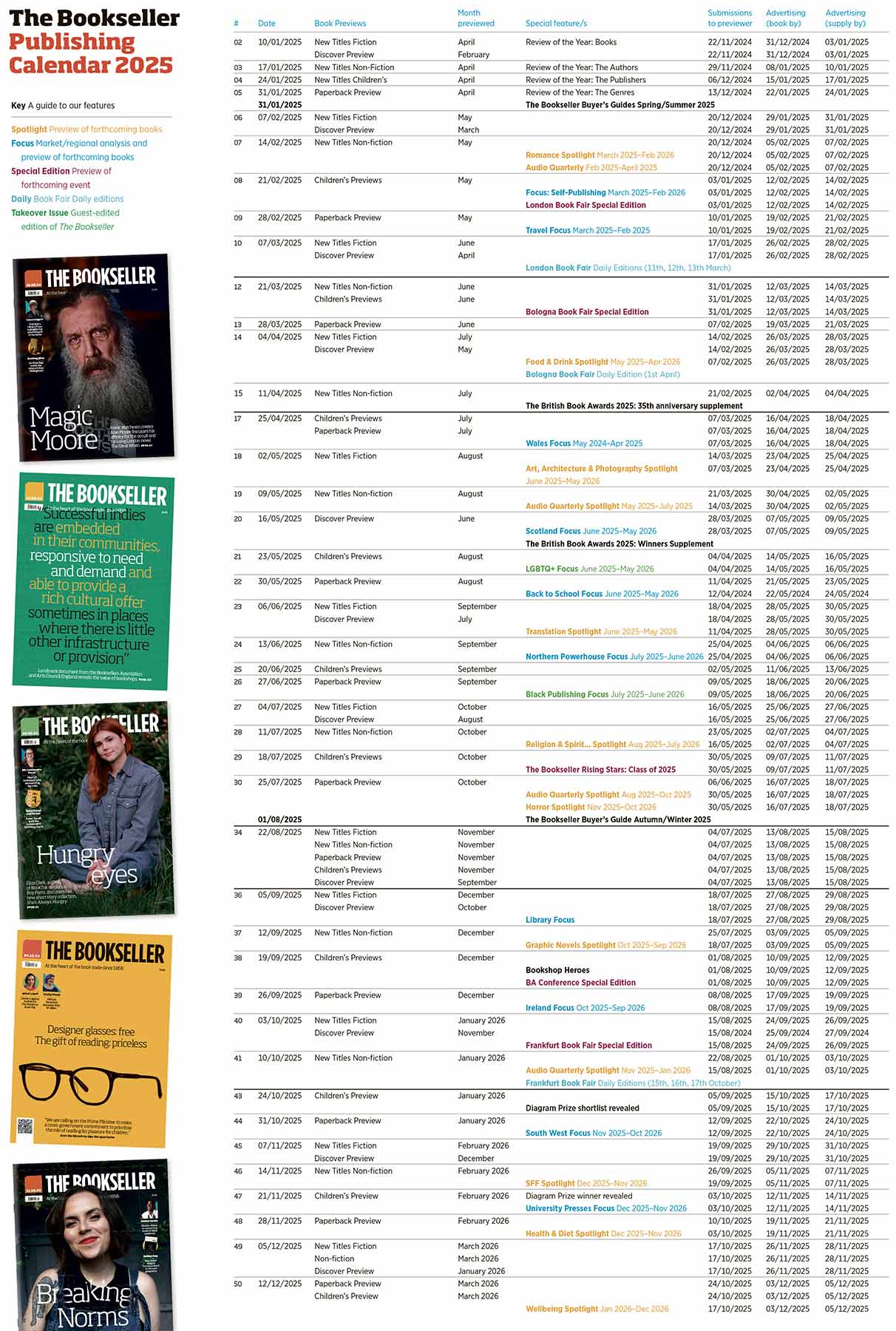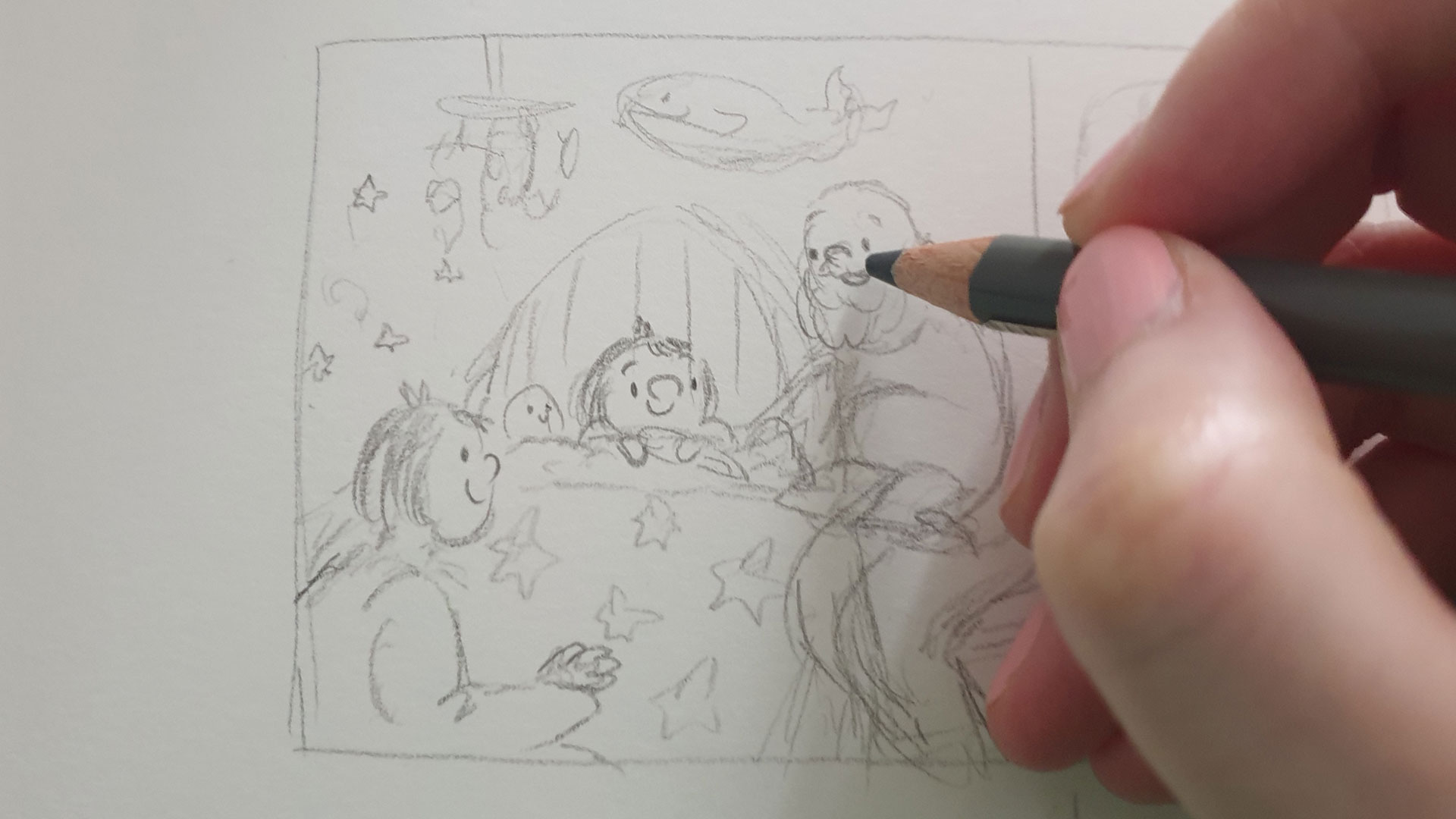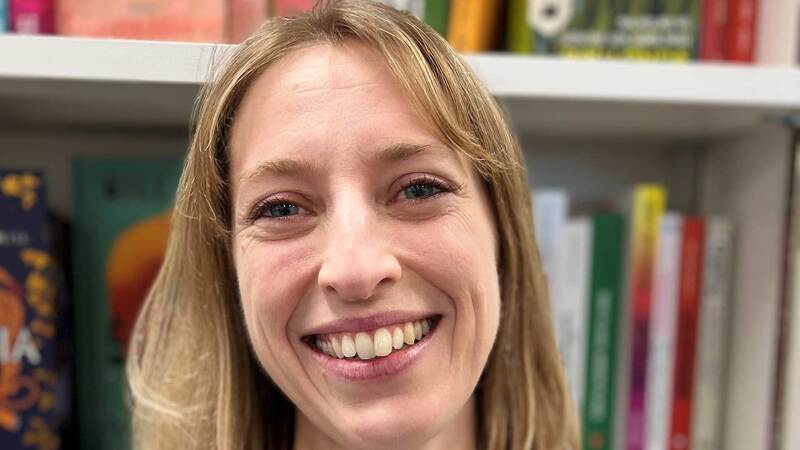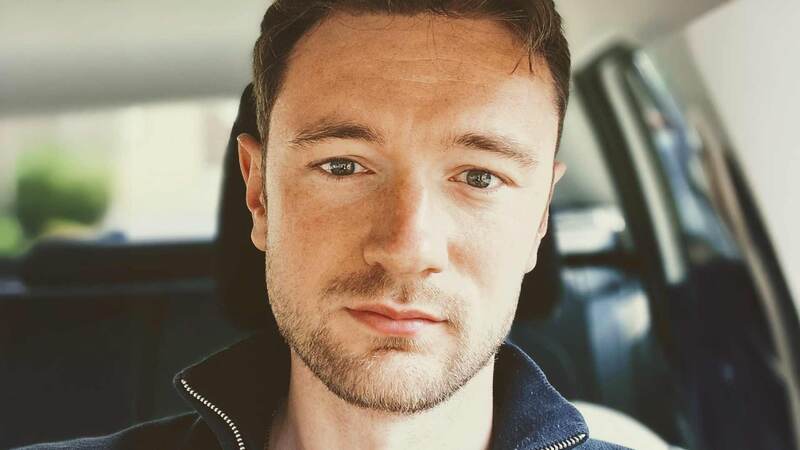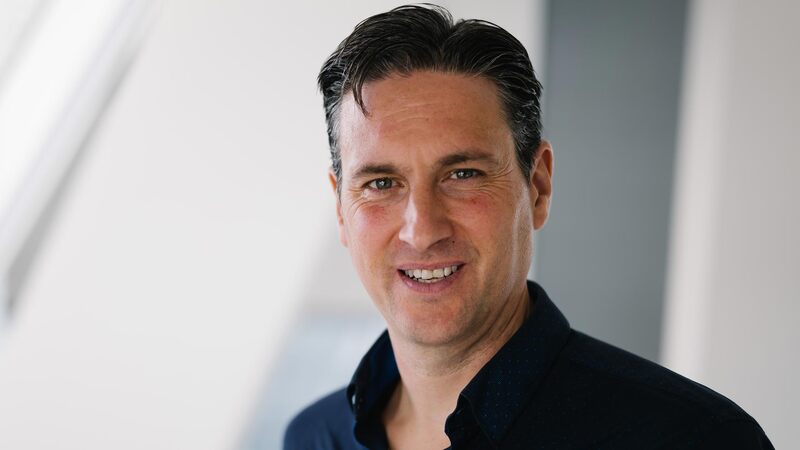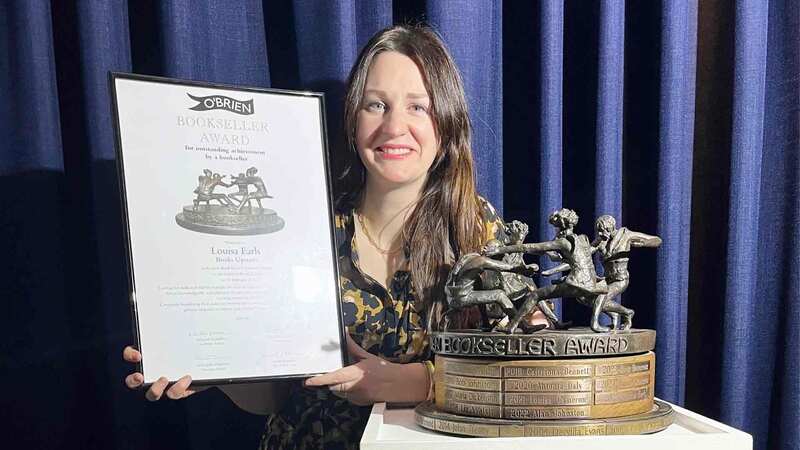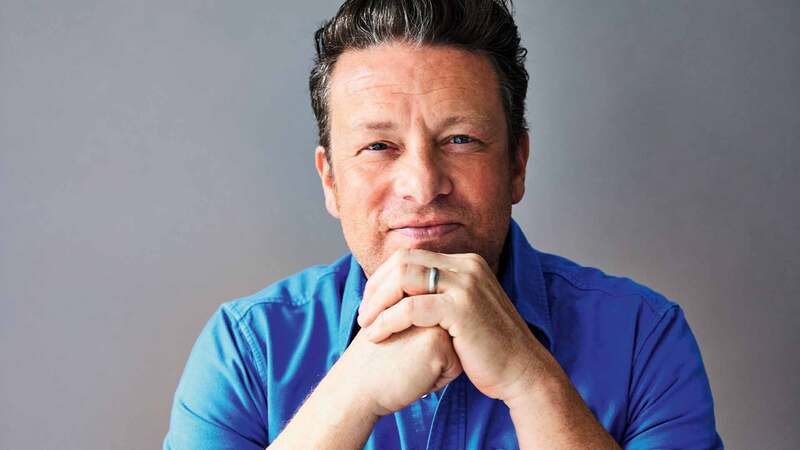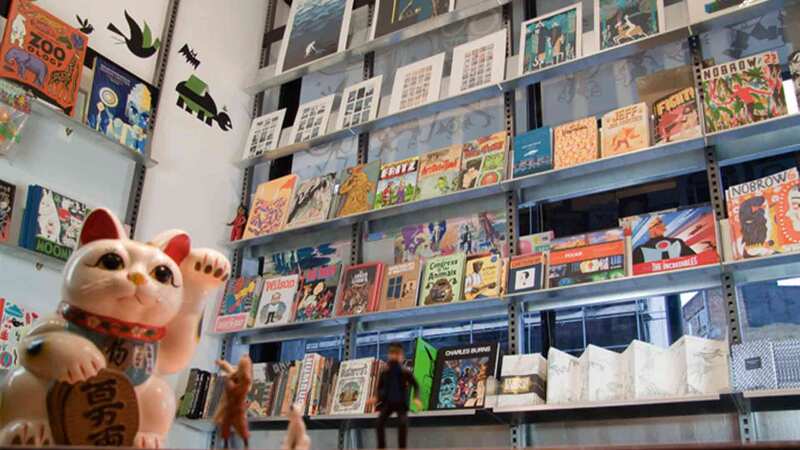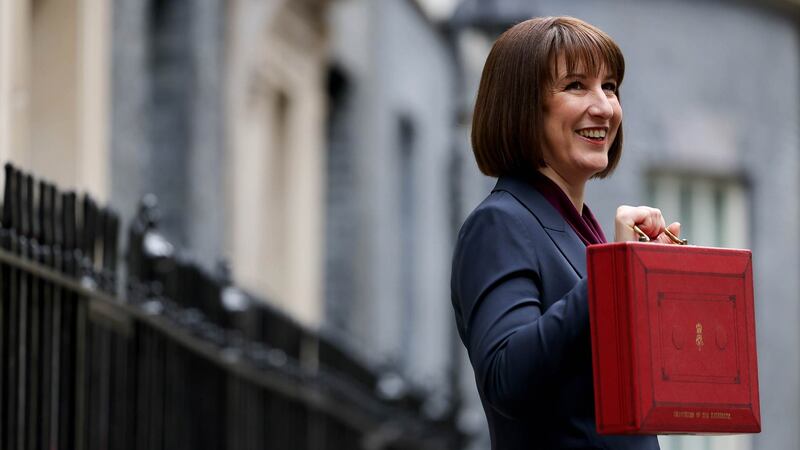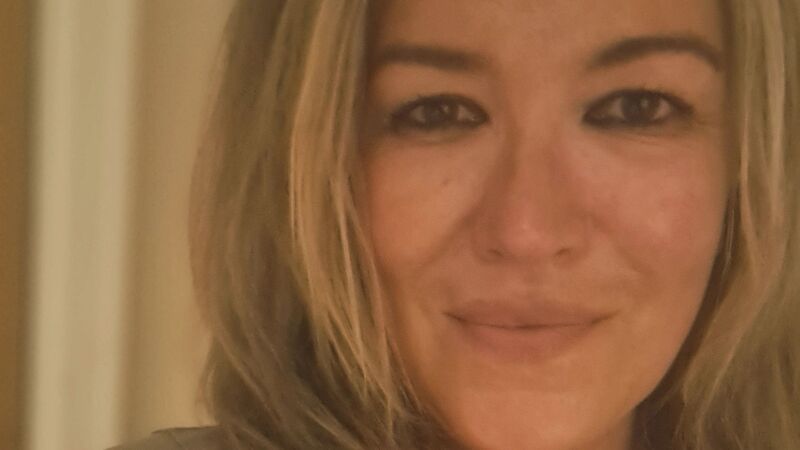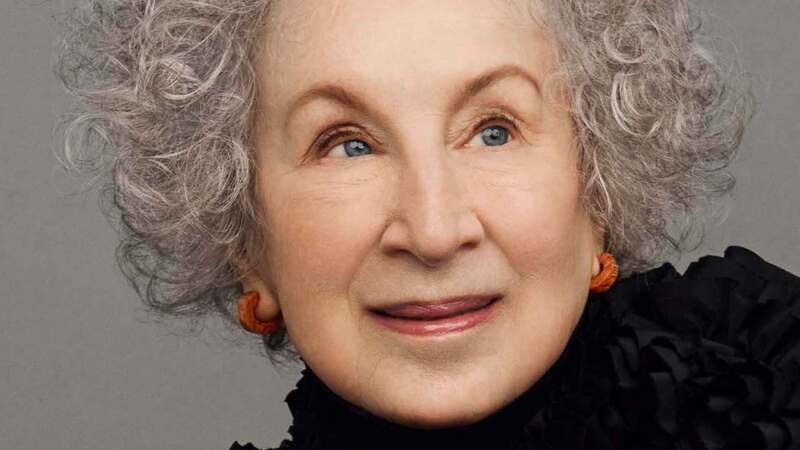You are viewing your 1 free article this month. Login to read more articles.
Will publishing fight for illustrators against AI?
The AI debate gets to the heart of what publishing values: creators, or content.
Back at the start of this month, I called out Bradford Literature Festival for using AI images in their promotional images.
It sparked an industry-wide furore and an (eventual) apology from Bradford, but it also tapped into a much wider debate about the future of book illustration in a Chat GPT world; one that the publishing trade needs to openly discuss and make decisions on now, before it’s too late.
So, what is AI-generated imagery and why is it unethical? AI imagery is only made possible because it has been illegally trained by scraping millions of people’s copyrighted artwork from the internet, without those artists’ consent. It then generates a mashed together image when a user types in prompts. It is inherently morally and legally wrong, and there are already class action lawsuits against this theft of unpaid human labour.
It’s important to know this wasn’t developed by unassisted "robots".
New exploitation of labour
This theft was a deliberate human choice by people at big-tech companies (often called ‘tech bros’), who are overwhelmingly rich white men working in the global north, benefitting from this unpaid labour. And as evidenced by the exploited workers behind AI like ChatGPT – these systems were only made palatable at the expense of African people’s labour, filtering out explicit content with no mental health support on less than $2 an hour.
How do you know if an image is AI? At the moment, it’s easier to spot. Extra fingers, extra limbs, melted eye pupils and hair, odd parts blending in together. An AI works differently from a human looking at and being inspired by reference images, because AI can only mash together and regurgitate what it has been trained on. When a human artist looks at reference images, they are visually interpreting those forms combined with a lifetime of lived experiences and their unique drawing style. Put 1,000 artists in a room and ask them to draw something, you will have 1,000 different unique interpretations and styles with an added key ingredient – human imagination.
The best comparison I have seen going around is that, just because you order a pizza with certain toppings, it doesn’t mean you’re now a chef who has prepared and made that pizza.
Illustrators are constantly fighting battles to recognise our contribution; what we need now is for publishing to reassure us we won’t be cut out altogether
Here are the most common myths about AI and illustration I’d like to bust:
What about the invention of photography threatening painters, isn’t this the same?
It’s not remotely the same, because the invention of photography didn’t rely on stealing painter’s copywritten work in order to function. They both still exist independently.
You’re anti-progress and anti-tech.
Quite the opposite – illustrators are constantly adapting and using new tech. But AI imagery in its current form is unethical and only functions because of stolen artwork and unpaid human labour, so we’re obviously against that specifically.
AI makes art more accessible. Anyone can be an artist now.
Anyone can already be an artist. Since early humans lived in caves, people have been artists. It has never, in all of history, been more accessible to learn about illustration with an internet connection: from YouTube tutorials, virtual Zoom courses, online art schools like Domestika and SkillShare, and social media tips.
Even when I was in university from 2007 to 2010 when many of these platforms didn’t exist yet – we had art books, TV and blogs to learn from. And now, it has never been easier to access free tutorials to learn everything you need to know.
The whole point
Herein lies the key point: being an artist is about more than holding up a finished piece and saying "Look!"
It is about the making of the art in itself – the drive to create, to learn, and the satisfaction of having made something you’re proud of. That is what being an artist is. It is self-expression, and is a key part of what makes us human – sharing the human experience of what it means to be alive and what is important to us. And I think this is what "tech bros" and people engaging in AI art don’t understand.
They see art as only the final product, with a misguided capitalist notion that this alone will grant them fame and fortune. They want to skip the work and process of learning and get this fantasy outcome. Where fortune comes in – any artist will immediately tell you that art is not a get-rich-quick industry. We don’t do this for the money, otherwise we quite clearly would have switched to another job years ago (and most of us hold down several jobs anyway.)
The fame trap
It takes years, decades to perfect your craft and build your portfolio, networks and steadily work with clients. And as for fame in exchange for typing in prompts and claiming scraped copywritten work as their own? I don’t think that is realistic. You cannot skip the career part and expect the same outcome and job title.
Our main concern is that, when it comes to the industry, publishers will choose saving money over paying illustrators, especially when we’re already seeing examples of AI used in a professional capacity already.
Our main concern is that, when it comes to the industry, publishers will choose saving money over paying illustrators
It’s no secret (to illustrators at least) that illustrators are less valued in publishing than authors, and that author’s voices carry more clout. This is evidenced constantly through subtle to overt omissions of illustrator’s labour on social media and in press, and reflected in Sarah McIntyre’s brilliant #PicturesMeanBusiness campaign which urges authors, journalists and publishing at large to always credit illustrators when revealing covers and talking about books.
If illustrators are already so undervalued and underpaid, you can see why the rise in AI imagery that directly steals our work causes us even more alarm, as we don’t seem to have the same cultural gravitas that authors carry, despite our significant role in books. I am both illustrator and author with a foot in both worlds and have seen this contrast constantly.
Real threat
AI is absolutely threatening authors too, but I wonder given how illustrators are already so low in the pecking order, if publishing will afford us the same protection culturally, and make a promise and commitment to not replace illustrators with a cheap and illegally sourced Frankenstein’s monster amalgamation of our own stolen labour.
Illustrators are constantly fighting battles to recognise our contribution; what we need now is for publishing to reassure us we won’t be cut out altogether.
The statement on AI by the Society of Authors – which is working in partnership with other arts organisations as part of the Creators’ Rights Alliance, including the Association of Illustrators – gives me hope that we will come together and fight for our rights and our copyright protections. What we urgently need now is for publishing houses to make a firm public commitment to support this statement, for all our futures.
I hope that, even though we live under capitalism, that publishing will value us for our unique human voices and lived experience and continue to hire human illustrators.
After all, an AI image cannot paint a shop window, sign a book, or do a draw-along and see children’s faces light up – inspiring our illustrators of the future. I hope that that which makes us human – creating – is always valued higher than profit.
